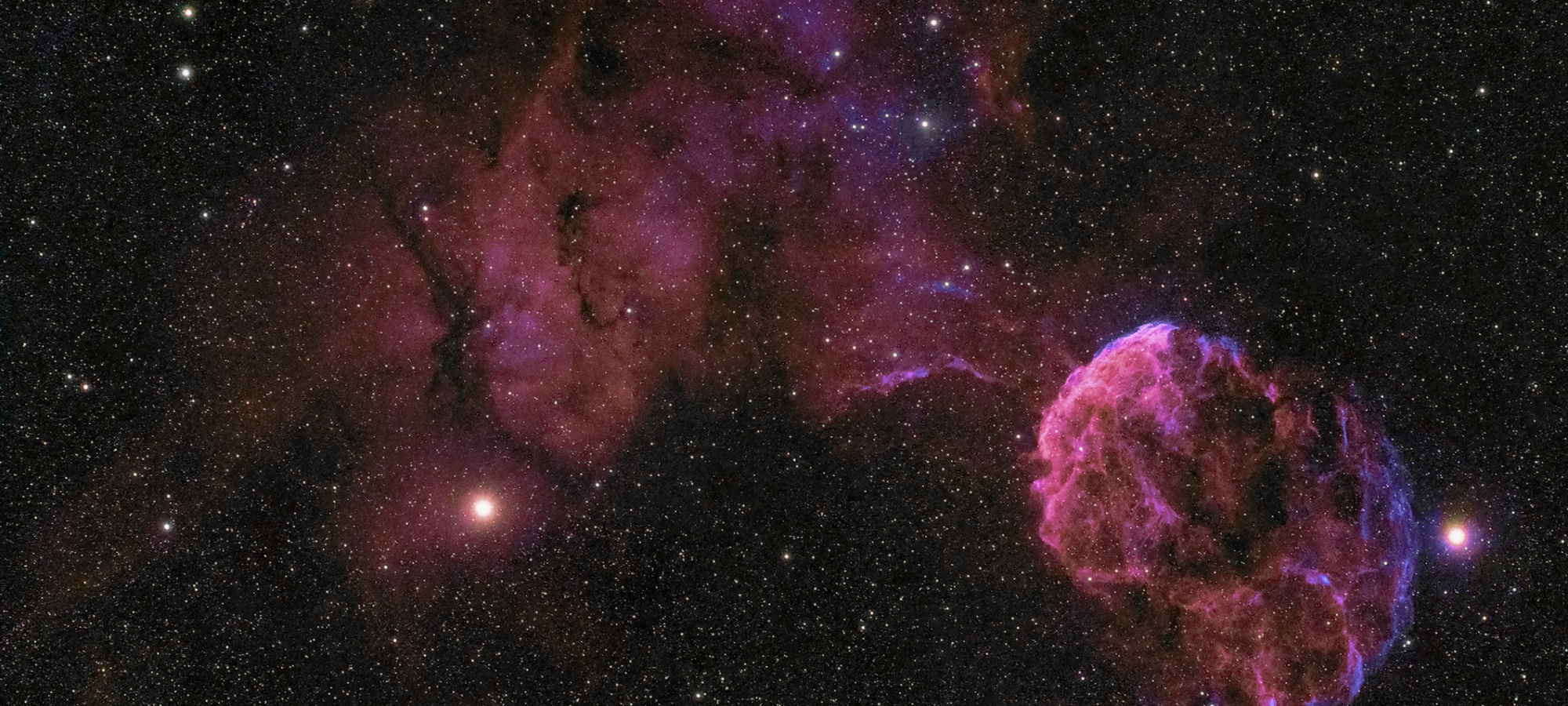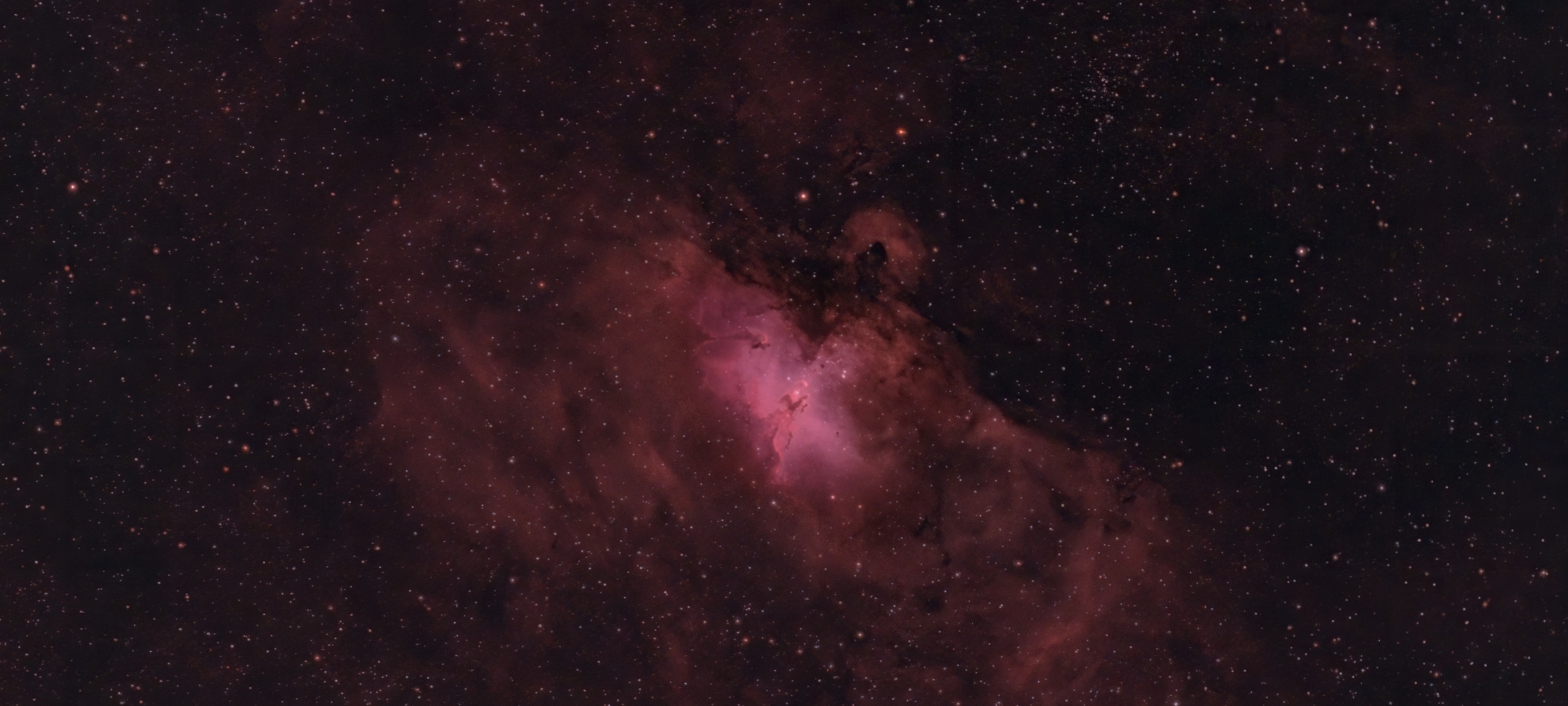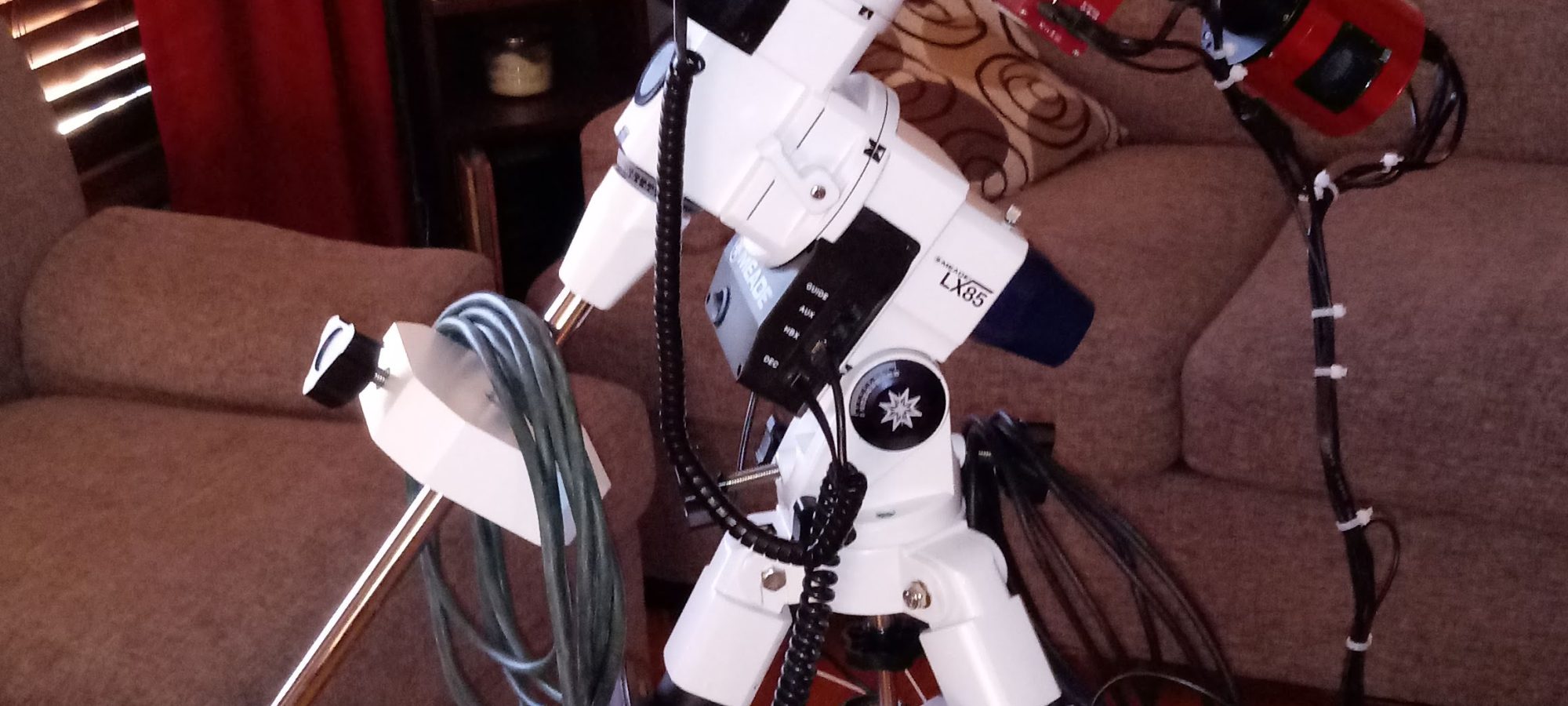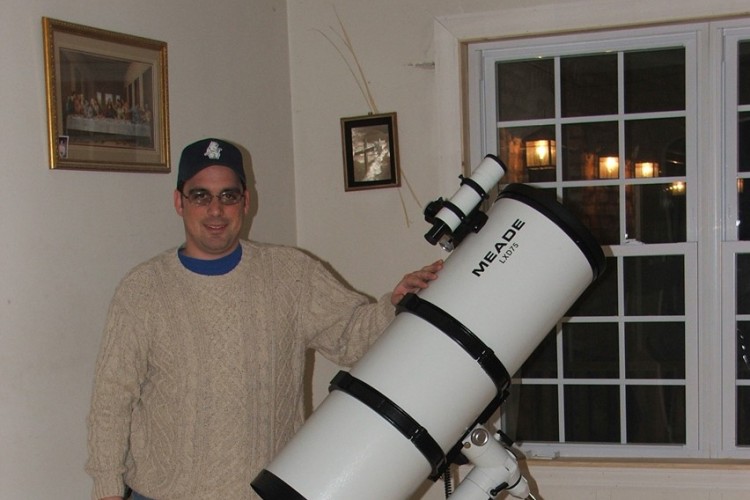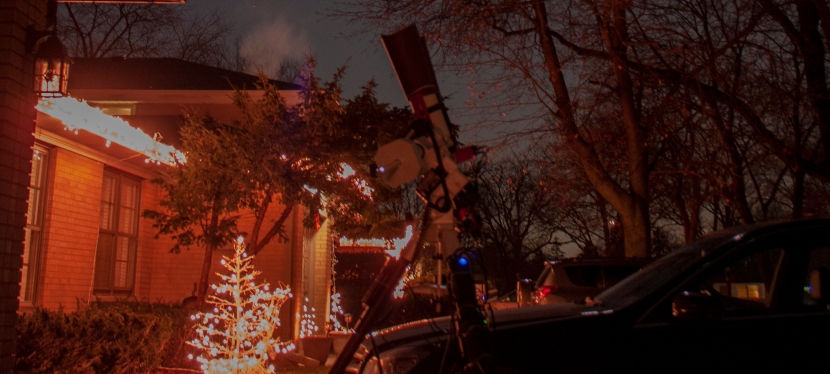I’ve been trying to figure out an issue where the Meade LX85 mount will slew way past, or in the case of a target below the celestial equator, way short of a target in declination. The RA axis on the other hand is just fine. To get around the issue, I’ve been performing a star alignment prior to polar alignment. After a star alignment alignment, everything works just fine, and goto’s are great. However, in astrophotography, there isn’t much need for a two or three star alignment. I think most prefer to just plop down the rig, do a polar alignment and slew to the target. Other mounts I’ve owned, including those from Meade operate just fine with this setup.
Read moreThe PixInsight or Photoshop Black Hole
So what’s better for processing images, PixInsight or Photoshop? No, this isn’t exactly another one of those opinion pieces. Google “PixInsight vs. Photoshop” and you can read for hours. The question may have been answered a million times over with a thousand slightly differing opinions, but none of them might be right for you. The super short answer is that Photoshop and PixInsight can both be used on their own, but in the best use case they compliment each other. Reading through, you’ll see that this doesn’t necessarily mean you have to add two more software licenses to the cost of the shiny new imaging rig you just bought to get started. I’ve only just now transitioned to a PixInsight and Photoshop blend after spending more than three years strictly processing all data with Deep Sky Stacker and Photoshop.
For a little background and history, I’ve been in various levels of IT organizations for very small and very large companies over the last 25 years. I’ve spent most of that time in the end user space, with a big chunk of the last quarter century spent improving user experience. So I think I’m somewhat qualified to say this: PixInsight is the worst thought out end user application ever created that maintains such a large popularity. There is absolutely nothing intuitive about it. Books – very long books – are written just on using the basic functions of the application. Thousands of hours of YouTube tutorials exist. None of the tutorials are the same, and they are quickly out of date. “But that just shows how versatile the application is”, you say. Hogwash. Versatility doesn’t have to introduce a level of complexity requiring a one-hour video tutorial or an entire chapter in a how-to book when learning a single basic function. You shouldn’t need a programmers brain, or require days of research to learn basic functionality of any application; especially not an application at this price point.
So let me tell you what I really think of PixInsight if you haven’t already guessed. It’s freaking awesome!
Read moreHow Many Ways Can You Skin Your Data?
Well, that depends… mostly on what filter(s) you’re using and what object you’re imaging. If you’re imaging in mono, using narrowband filters, you probably know everything below, and you can get better data and images in worse conditions. But if you’re using a dual, tri or quad-band filter with a color camera and imaging any one of the endless number of Ha & OIII rich objects in the sky, you don’t have to just settle for the endless sea of red nebulosity.
Read moreSummer Challenges and Project Updates
As if this hobby isn’t hard enough by itself, sky conditions in the Midwest are rarely ideal for imaging. This past Summer was the hottest and most humid on record in the Chicago area. Despite a stretch of nearly a month without rain, consistently humid conditions left much to be desired in sky transparency. Along with a break in the heat came consistent rain and clouds, followed by smoke in the atmosphere covering almost all of the US and much of Canada from the devastating fires in California and Oregon. I’ve been able to image one night out of the last 30. There is a long stretch of clear nights ahead, but we’ll see if the smoke persists. I do have a couple updates.
Read moreNew Projects Coming!!
It feels like it’s been forever since I’ve been able to post anything, but I have a couple projects in the works!
- A belt drive on a Meade LX85 mount with all parts ordered on Amazon Prime for less that $25! Update: This is cancelled, but look for a video coming for why this isn’t as practical as it first seemed.
- A full review and workup on the OPT Radian Ultra Qaudband filter. Is it worth the price?
- And… do you really need that $2500 mount for your 80mm refractor?
Astrophotgraphy Filters for Imaging with a One Shot Color Camera (OSC) in Severe Light Pollution
That’s a really long title for a post, but the issue at hand is very specific, yet very common. Most of us don’t live in the mountains, or on a farm, or have the time to travel to a dark-site. We’re close to towns and cities spewing light into the sky. We have families and jobs and responsibilities.
In the worst cases of light pollution, narrowband imaging with a mono camera seems like your only option. That’s a heavy investment for a dad with a mortgage and three kids in dance. So a filtered One-Shot Color Camera is it for me…. but what filter? Check out the video below for the filters I use and the situations for them.
Read below after the jump for some more examples and a closer look at the transmission profile of the Optolong L-Pro and Hutech NB1 filters.
Read moreMeade Series 6000 80mm APO Refractor
From the time I started observing the sky, outside of a cheap department store refractor, I’ve only used Newtonian reflectors or a variant of one. This is my first refractor, and for wide-field imaging, I don’t think I’ll ever go back to reflectors.
While the price can be significantly more than a reflector, I haven’t found any other downside. The Meade 80mm Triplet APO doesn’t disappoint. Check out the video for details.
Read moreMeade LX85 Mount First Impressions
I’d been wanting to upgrade/update my old LXD75 mount for quite some time. The old horse has been tracking great, but I really want to take my imaging to the next level, and I had an opportunity for a package deal with an Meade 80mm triplet refractor that I couldn’t pass up. You can check out the video below, and/or read on for some first impressions.

